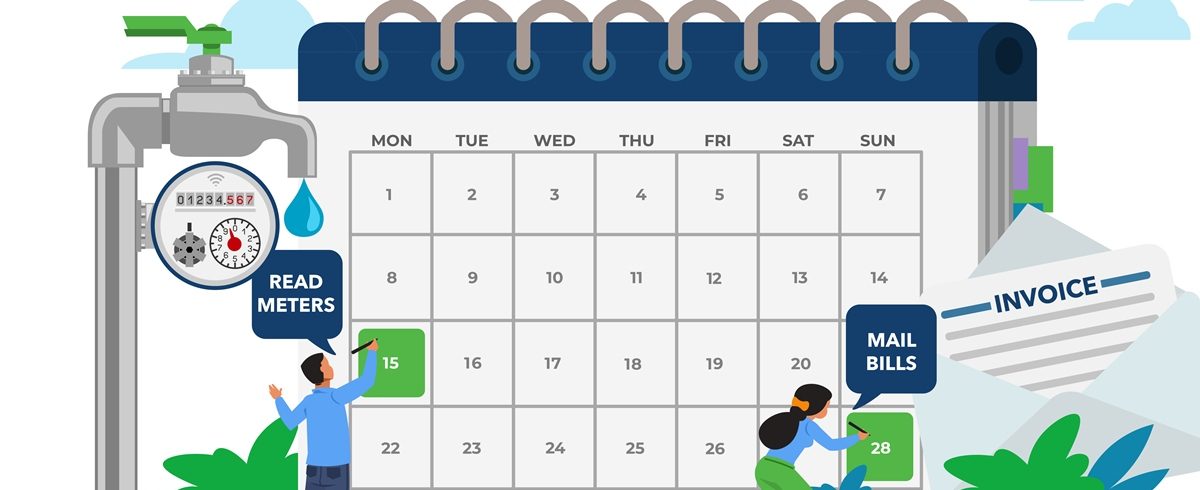Recently, after presenting my Improving Revenue Collections for Utilities presentation to a Rural Water Conference, one of the attendees completed the Days of Exposure worksheet on my personal website. She went on to request the free analysis I offer to anyone who completes the online Days of Exposure analysis.
Days between reading and billing
In analyzing her utility’s Days of Exposure, I noticed they mail bills 15 days after reading meters. Ideally, this should be a much shorter time frame, allowing only for enough time to reread any meter readings that are way out of range. Any additional delay only contributes needless additional days to the final Days of Exposure value.
Common cause of excessive days between reading and billing
I don’t know how this utility reads meters, but one of the most common reasons I see for longer periods of time between reading meters and mailing bills is what I call TTWWADI syndrome – “that’s the way we’ve always done it.” Utilities that have upgraded to electronic meter reading are often guilty of this. Reading with handhelds or on paper may have taken several days, whereas they are now able to read all their meters in one day. Yet, they still read meters on the same day they used to start reading prior to implementing AMR or AMI and still mail bills at the same time. This results in a needless delay (and contributes to excessive Days of Exposure).
Have you completed the 2022 Utility Staffing Survey?
Response to the 2022 Utility Staffing Survey is slower than it has been for previous surveys, so I need your help!
If you haven’t yet completed the 2022 Utility Staffing Survey, please click here to do so. This should take less than five minutes to complete. I will publish the results in future blog posts.
Thank you in advance for taking the time to complete the survey and please feel free to share it with your peers at other utilities.



